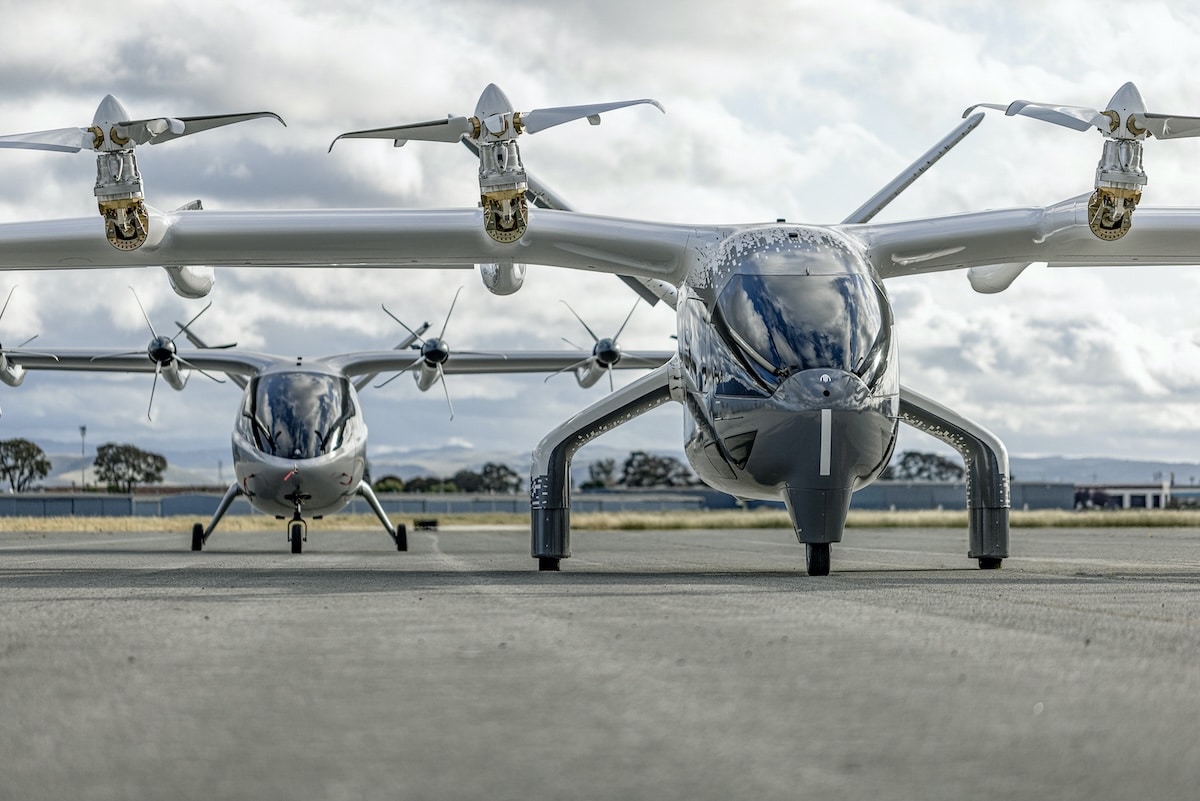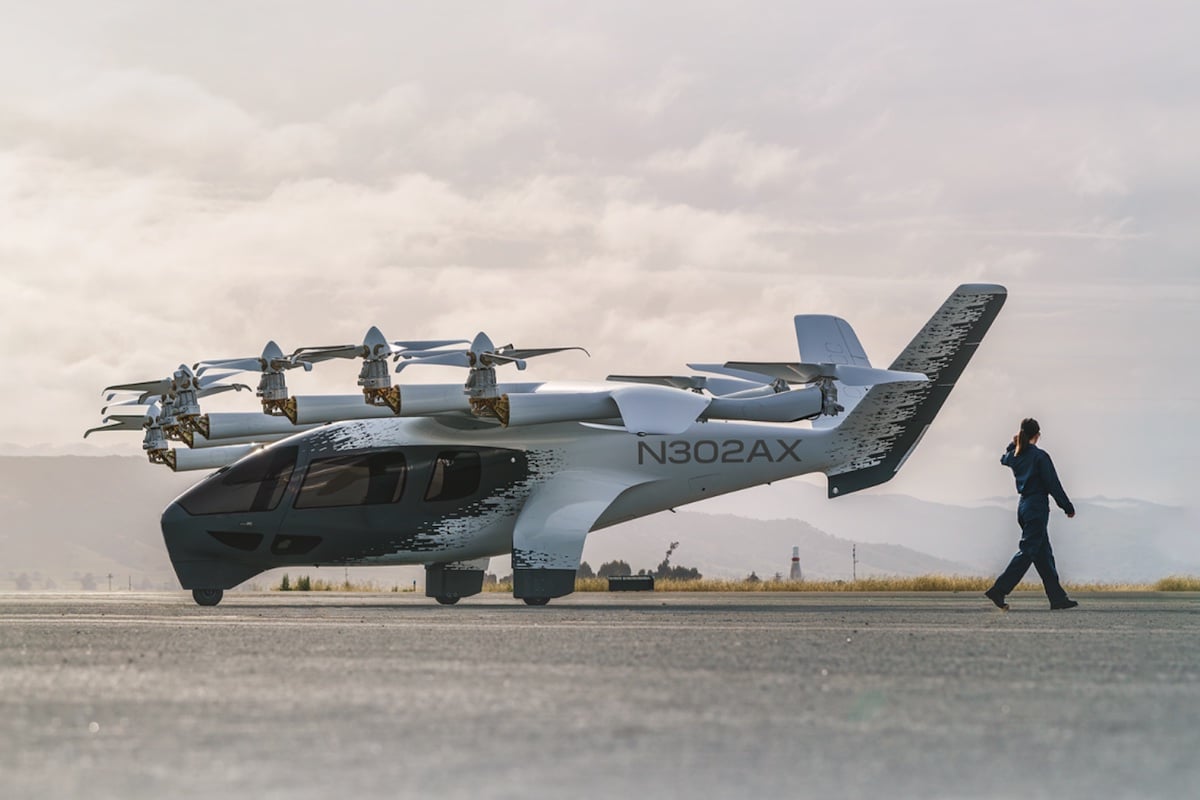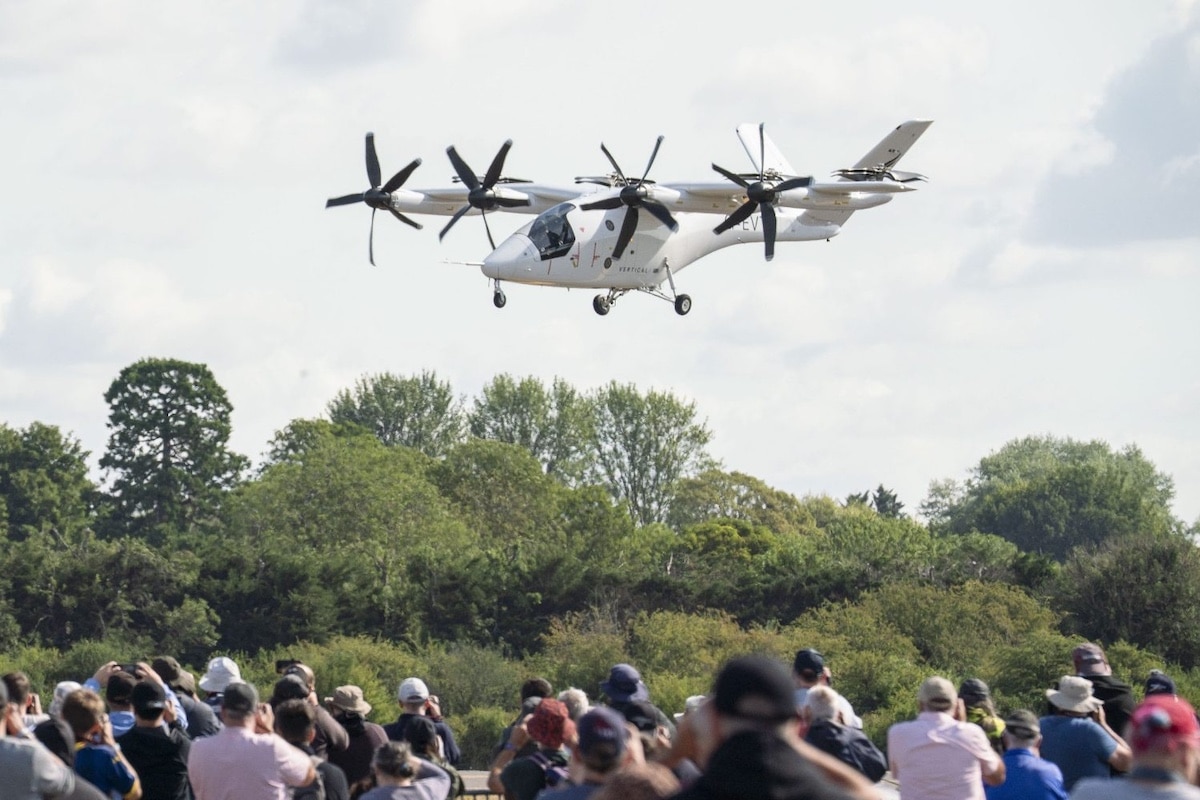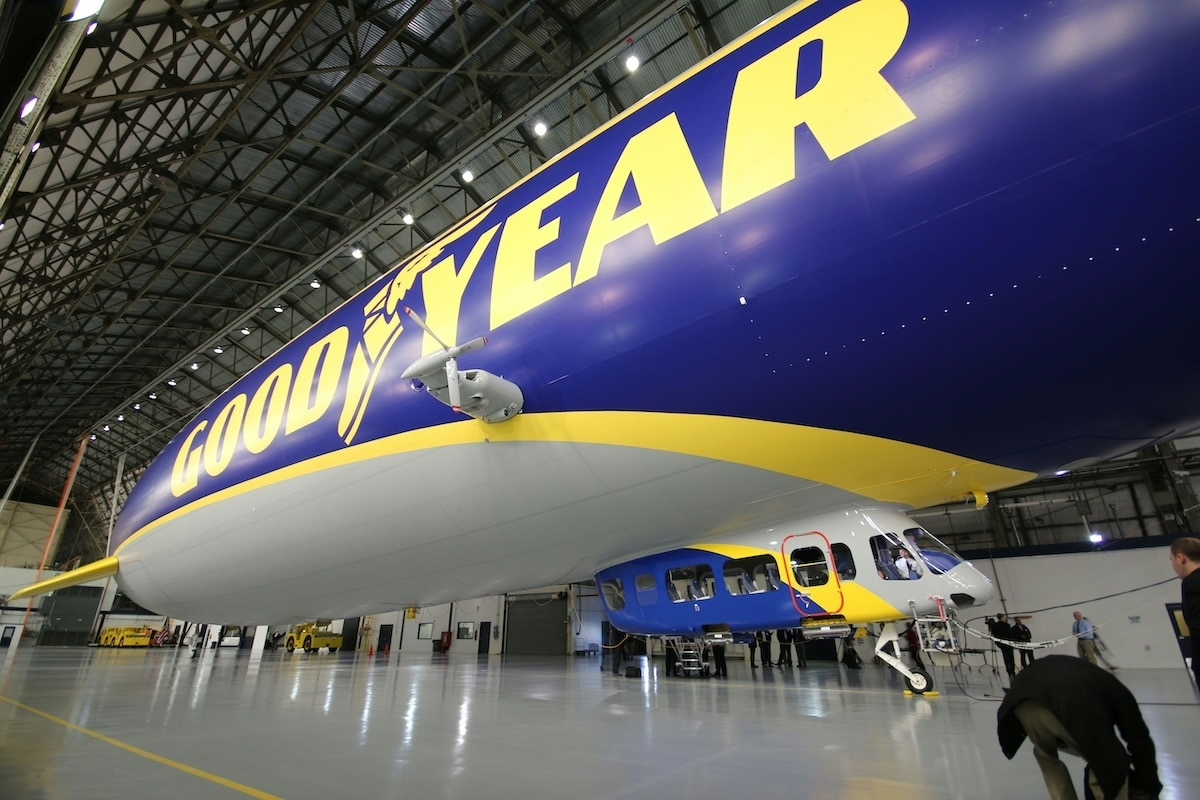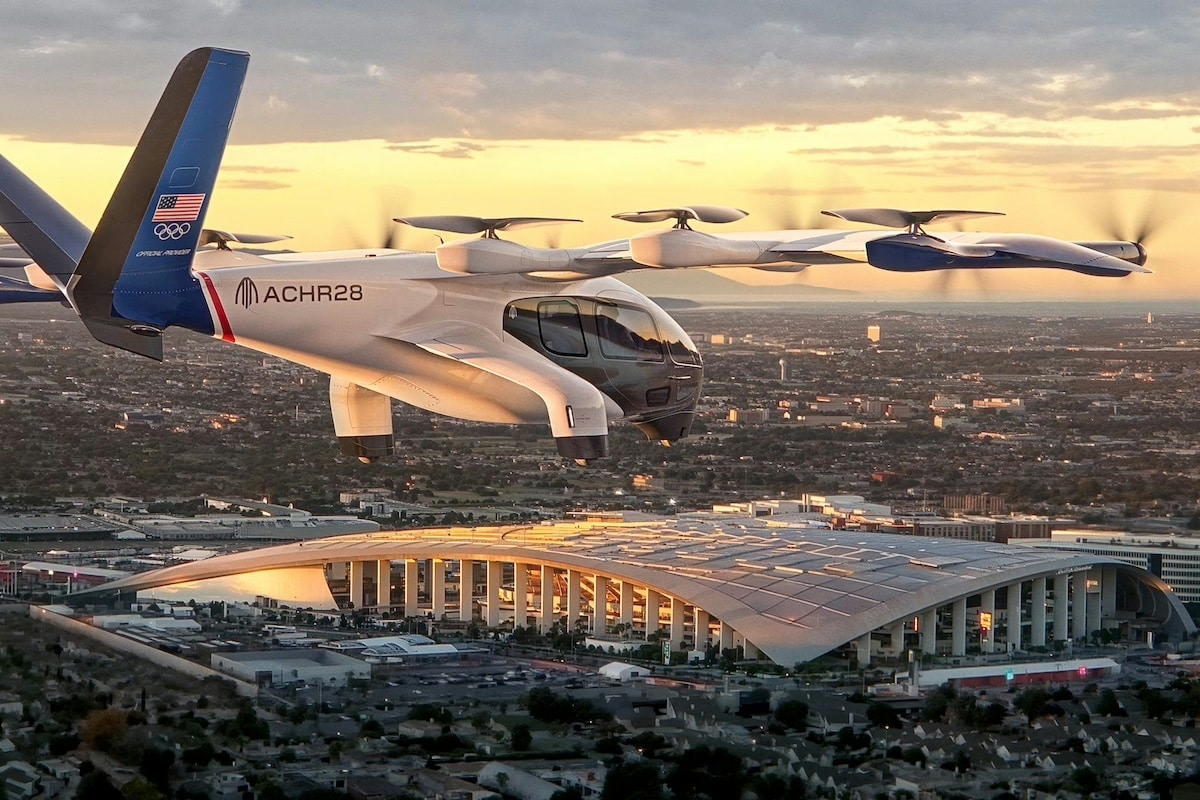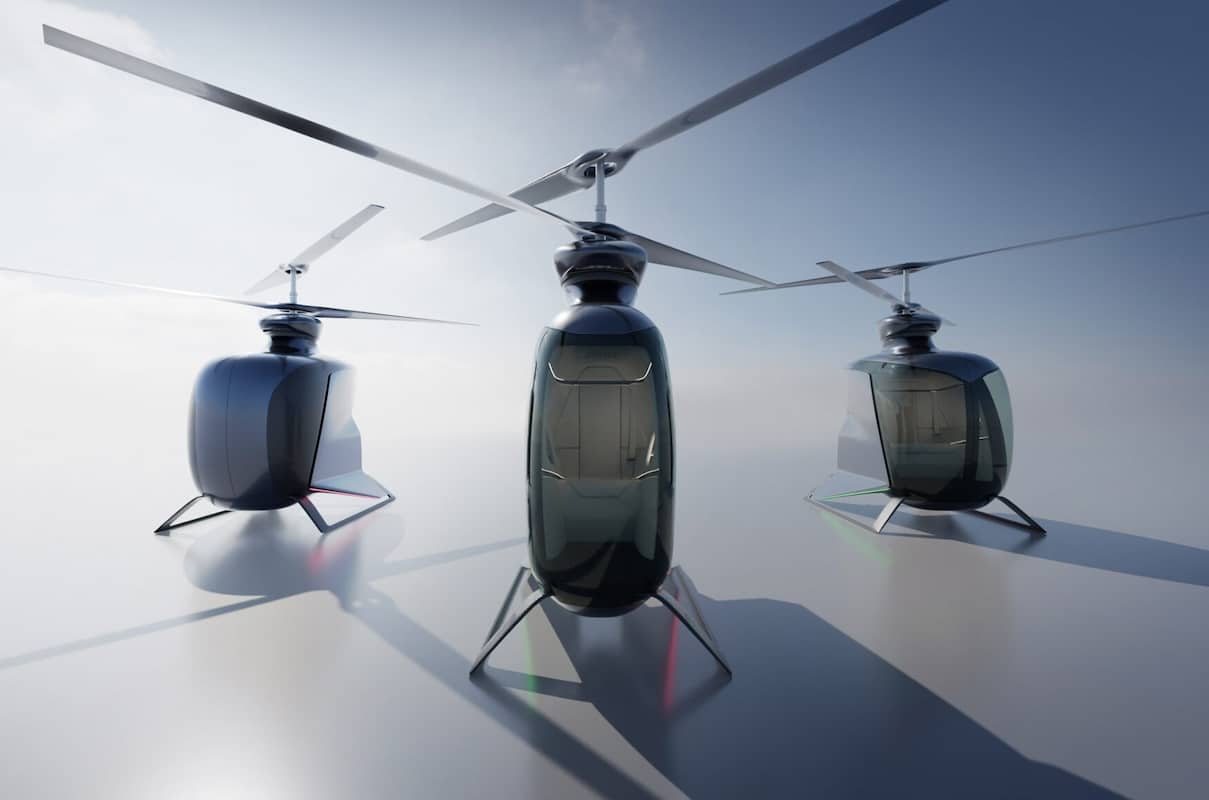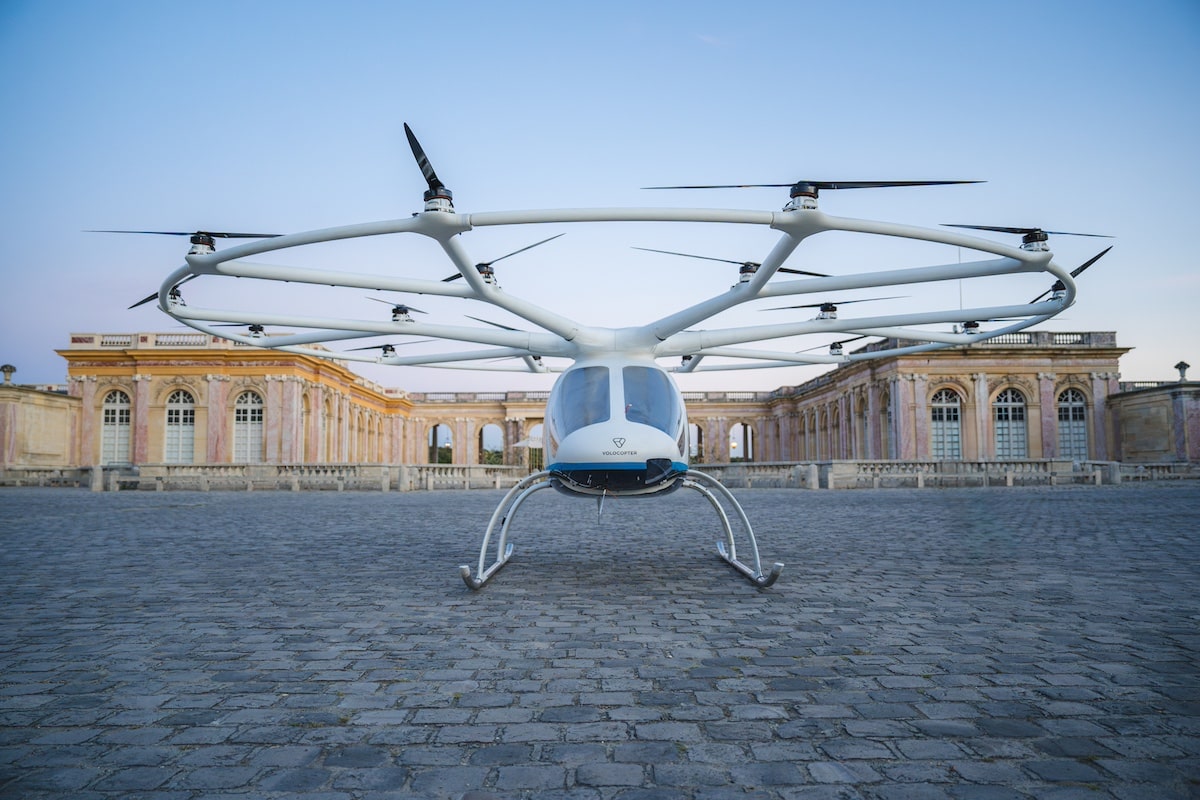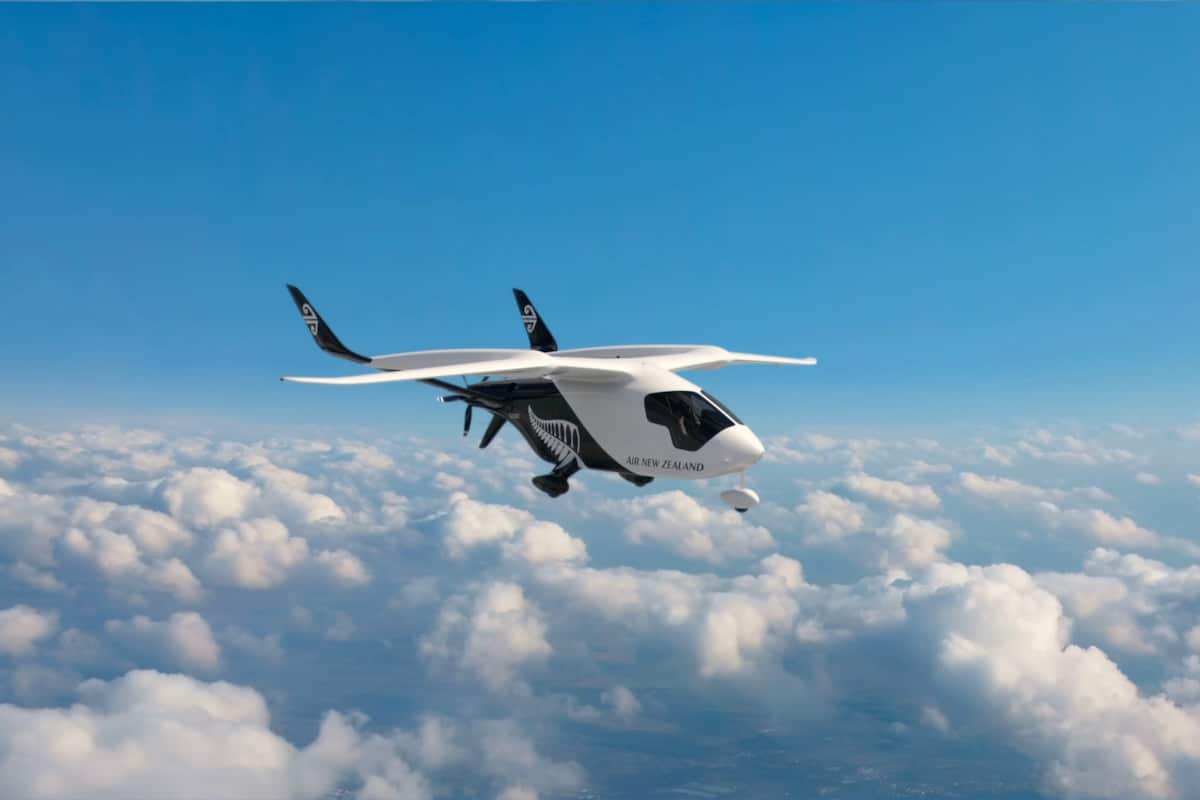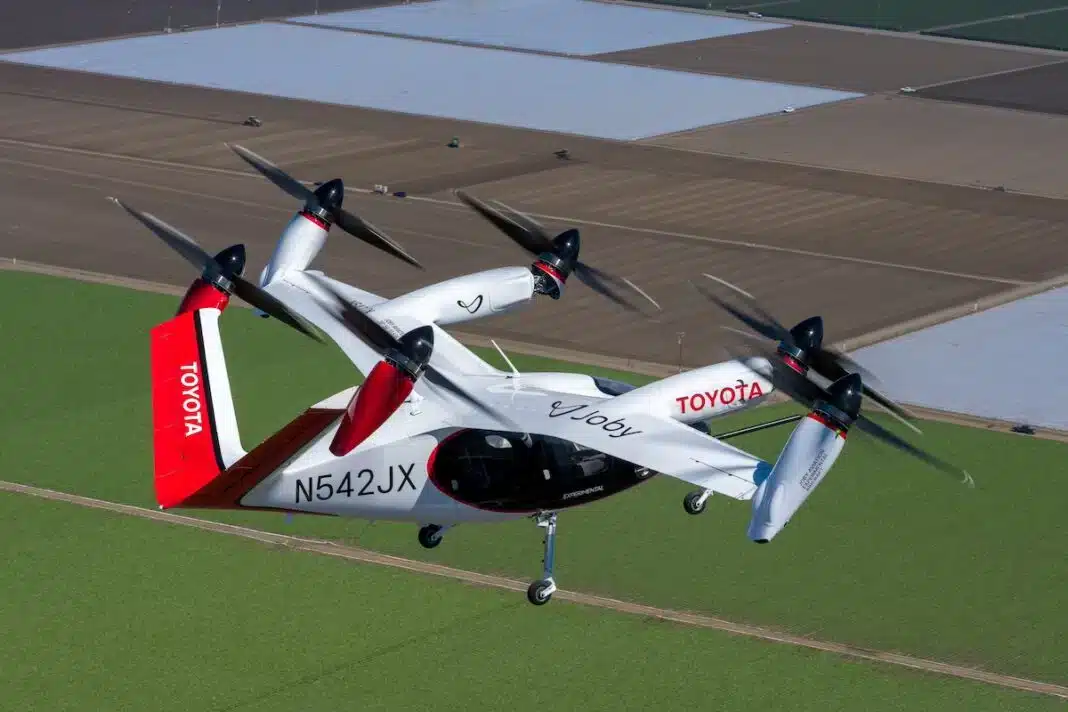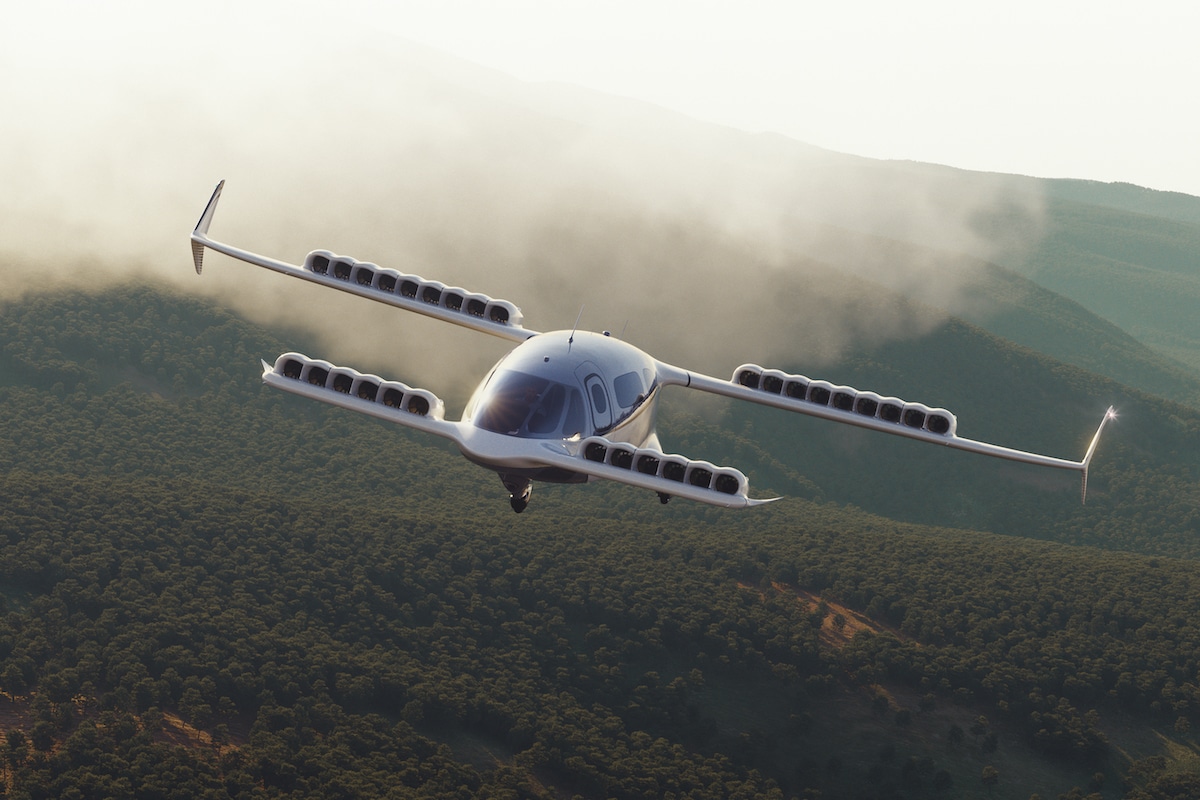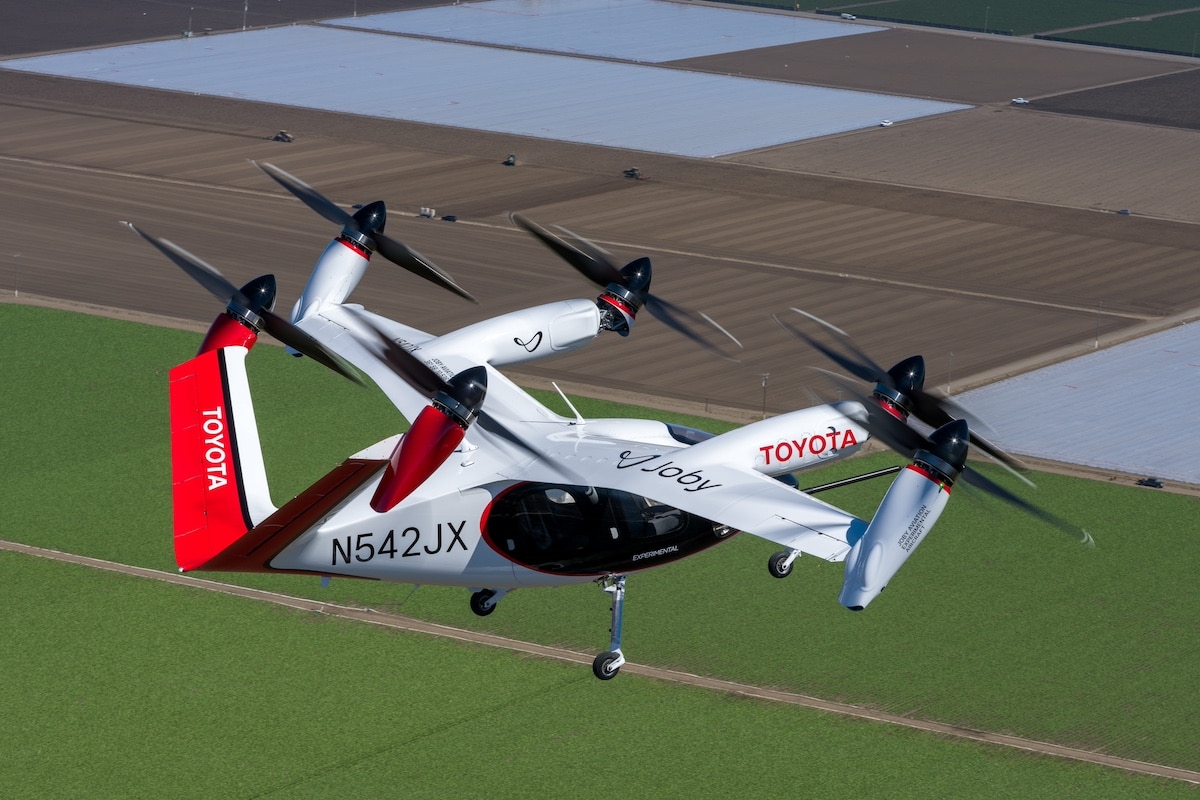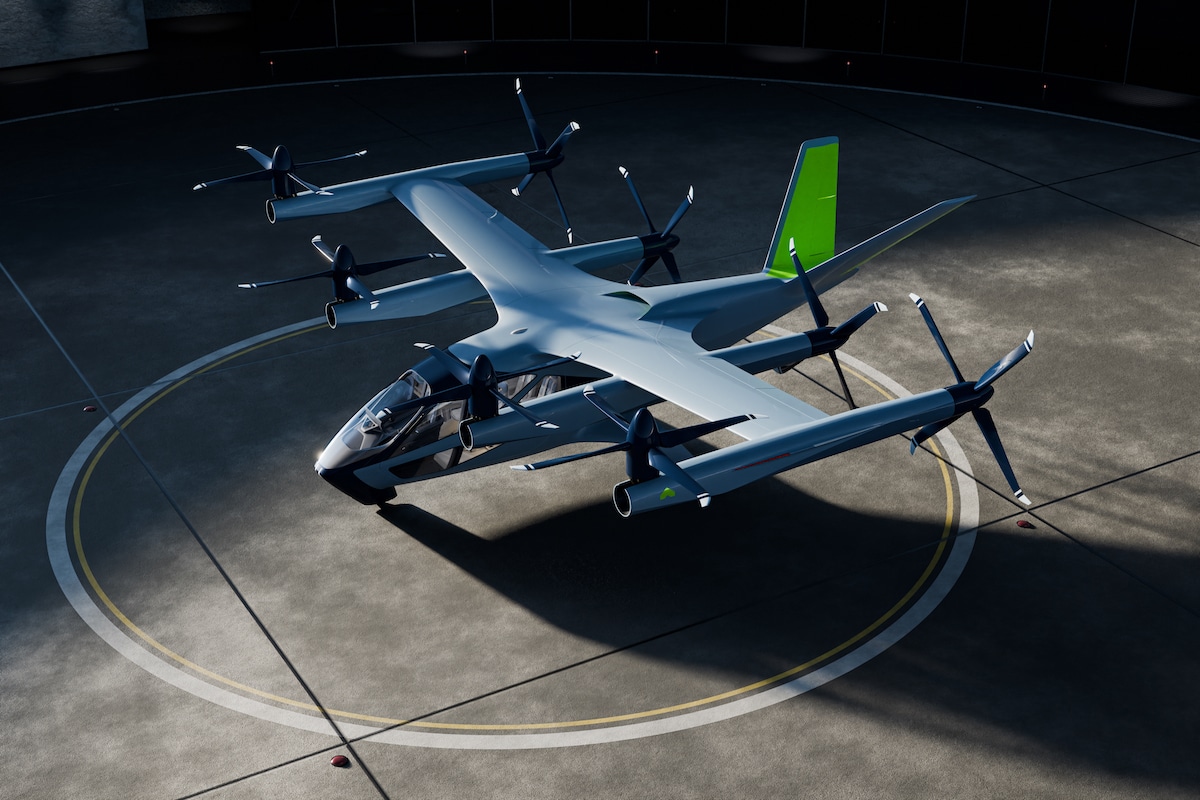eVTOL
What is an eVTOL?
An eVTOL (Electric Vertical Take-Off and Landing) is an electric aircraft capable of taking off and landing vertically. This technology is an evolution of traditional helicopters, but with fully electric propulsion and often multiple distributed motors. The term eVTOL is used to refer to a new generation of devices designed to meet the needs of urban and regional air mobility.
Main Features:
1. Electric Propulsion:
– eVTOLs use electric motors powered by batteries or, in some cases, hybrid systems that combine batteries and electric generators. This electric propulsion is quieter and generates less pollution than the thermal engines used in helicopters.
2. Vertical Take-Off and Landing:
– Like helicopters, eVTOLs can take off and land vertically, allowing them to operate in restricted areas without requiring long runways. This makes them ideal for urban use.
3. Multiple Motors:
– Unlike traditional aircraft that often have one or two engines, eVTOLs can have several (such as the 30 motors of the Lilium Jet). This multi-motor configuration provides increased redundancy, improving safety in case of a failure of one or more motors.
4. Applications:
– eVTOLs are considered for a variety of applications, ranging from passenger transport in cities (flying taxis) to cargo delivery, as well as emergency rescue missions. Their ability to move quickly and efficiently in congested urban environments makes them a promising solution for future mobility challenges.
5. Advantages:
– Reduction in emissions: eVTOLs emit no greenhouse gases during flight, contributing to the reduction of emissions in urban areas.
– Noise reduction: Electric motors are quieter than combustion engines, thus reducing noise pollution.
– Energy efficiency: Electric motors are generally more efficient than thermal engines, resulting in lower energy consumption.
Challenges and Limitations:
1. Battery Range:
– The range of batteries remains one of the main challenges for eVTOLs. Currently, available batteries limit the distance and duration of flights, although advancements in battery technology are ongoing.
2. Regulation:
– eVTOLs will need to comply with new regulations specific to this type of aircraft, particularly regarding safety, noise, and urban air traffic management.
3. Infrastructure:
– The development of adapted infrastructure, such as “vertiports” (platforms for the takeoff and landing of eVTOLs), is necessary to enable large-scale adoption of these devices.
Examples of eVTOLs:
– Lilium Jet: A 30-motor eVTOL designed for regional trips with a capacity of 4 to 5 passengers.
– Joby Aviation: Another major player in the development of flying taxi eVTOLs with a device planned to transport up to 5 passengers over medium distances.
Conclusion:
eVTOLs represent a major technological advancement in the field of aeronautics, promising to transform urban and regional mobility. Although challenges remain, particularly regarding range and infrastructure, the potential benefits in terms of sustainability, noise reduction, and operational flexibility make them a promising solution for the transport of the future.

